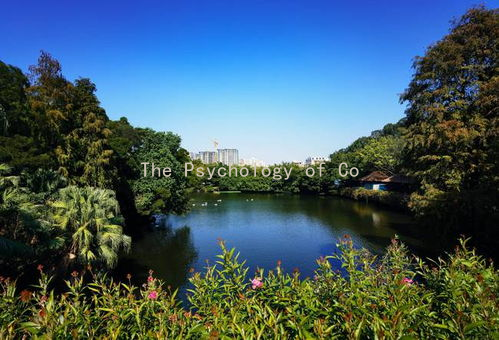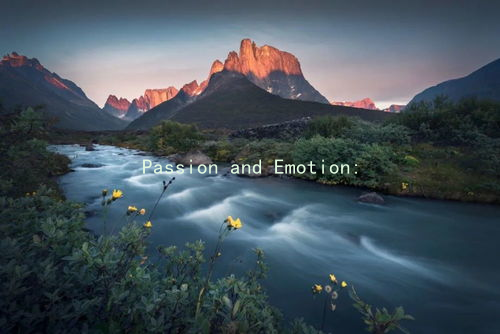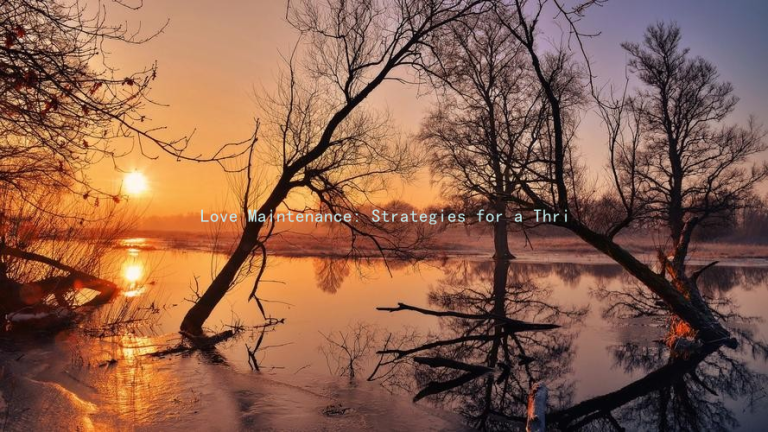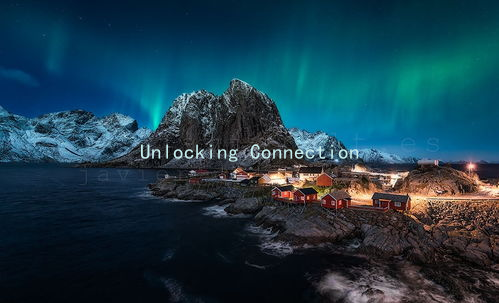The Psychology of Color in Relationships: Creating Emotional Bonds
The Psychology of Color in Relationships: Creating Emotional Bonds
Colors have a profound impact on our emotions, perceptions, and behaviors. In the realm of relationships, understanding the psychology of color can be a powerful tool for forging deeper emotional connections. From the way we decorate our homes to the clothing we choose to wear, colors influence our moods and interactions in ways that we may not even realize. This article explores how different colors can create emotional bonds in relationships and offers tips for using color intentionally to enhance romantic connections.
Red: The Color of Passion
Red is often associated with passion, love, and desire. It can stimulate the senses and evoke strong emotions, making it an ideal color for romantic settings. Incorporating red into your relationship can be as simple as using red candles during a dinner date or wearing a red outfit to signal interest and attraction. By surrounding yourselves with this color, couples can enhance feelings of passion and intimacy.
Blue: The Color of Trust and Calmness
Blue represents stability, trust, and calmness. It is known to have a soothing effect, making it easier for partners to communicate openly and effectively. When partners actively create a peaceful environment painted in shades of blue—such as a bedroom or living space—they may find that their discussions are more thoughtful and less likely to escalate into conflict. Wearing blue can also help convey a sense of reliability and trustworthiness, qualities that are essential in a healthy relationship.
Green: The Color of Balance and Growth
Green symbolizes balance, harmony, and growth. In relationships, nurturing each other’s personal development is crucial for a strong bond. Incorporating green elements, such as plants or nature-themed decor, can promote a sense of renewal and growth in the relationship. Additionally, green is often linked to emotional healing, which makes it a perfect color for couples seeking to mend past wounds or foster forgiveness.
Yellow: The Color of Optimism and Joy
Yellow is a vibrant color associated with sunshine, happiness, and positivity. It can uplift spirits and encourage playfulness, making it a fantastic choice for couples looking to infuse some joy into their relationship. Engaging in fun activities together, surrounded by yellow hues, such as during a picnic or while enjoying a bright breakfast setting, can help strengthen the bond through shared smiles and laughter.
Purple: The Color of Spirituality and Connection

Purple, often associated with spirituality and depth, can help couples feel more connected on an emotional and interpersonal level. Using purple in your relationship can signify a commitment to deeper understanding and support. Whether through floral arrangements, thoughtful gifts, or even intimate discussions held in a purple-lit environment, this color can enhance the sense of sacredness in love.
Black and White: The Colors of Elegance and Clarity
While black and white may seem stark, they symbolize sophistication and clarity. In relationships, maintaining clear communication is essential. Using these colors in discussions around difficult topics can help minimize distractions and focus on the issues at hand. Additionally, dressing in black and white can evoke a sense of elegance and commitment, reinforcing the gravity of the relationship.
Incorporating Colors into Your Relationship
Understanding the psychological effects of color can transform how partners interact and bond. Here are some practical tips on how to use color strategically in your relationship:
1. Create a Colorful Environment: Decorate shared spaces with colors that evoke the emotions you wish to cultivate, whether it’s warmth, intimacy, or peace.
2. Choose Meaningful Colors for Dates: When planning a date, consider the color scheme of your chosen venue and how it might enhance or influence your experience together.
3. Personalize Gifts: When giving gifts, think about the recipient’s favorite colors or the colors that symbolize how you feel about them. This personal touch can deepen emotional ties.
4. Wear Colors Thoughtfully: Pay attention to the colors you and your partner choose to wear on special occasions or dates. This not only shows consideration but also influences the overall mood of the experience.
In conclusion, embracing the psychology of color in relationships can provide a unique avenue for strengthening emotional bonds. By being mindful of the colors surrounding you and each other, couples can create an environment that fosters love, communication, and connection. Whether through passionate reds or calming blues, the right colors can transform your relationship dynamics, making each moment spent together even more meaningful.





